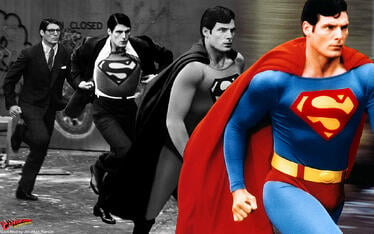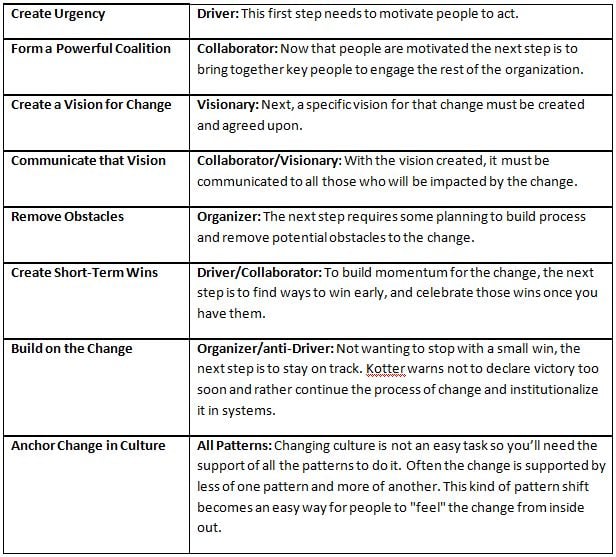 Change - happening faster all the time - still calls out for management and all the planning, delegating, budgeting and deciding that implies. But transition requires leadership. Change is what happens to organizational process, transition is what happens to the people involved in that process.
Change - happening faster all the time - still calls out for management and all the planning, delegating, budgeting and deciding that implies. But transition requires leadership. Change is what happens to organizational process, transition is what happens to the people involved in that process.There are a few good models to understand the transition side of change. William Bridges' model, for example, identifies three ‘zones’ people go through when transitioning.The first is called the “Ending Zone” which occurs when we must let go of the old way. Bridges describes how we almost need to go through stages of grieving to effectively navigate this zone. Once we accept that the old way is over, we enter the “Neutral Zone” when the old way is gone, but the new way has not yet begun. This zone can be particularly disorienting as it is full of ambiguity and lack of clarity. The final zone in the Bridges' model is the “New Beginning Zone” in which we fully embrace the change and are engaged in the new way. He notes that different people move at different rates through these zones. These individual differences are part of our personality, and self awareness can make the difference between a new beginning or getting stuck in the neutral zone.The FEBI is a powerful framework to create this awareness. Each of the four FEBI patterns has a characteristic way of moving through the Neutral Zone toward New Beginnings:
- Driver: The Driver grows impatient in the Neutral Zone and does not do well with ambiguity. Drivers need to remind themselves that change is a process and takes time. They will benefit from stepping back, embracing the change, and envisioning the benefits once the change is fully realized.
- Organizer: The Organizer can be a worrier about change, relying as it does on on consistency and predictability. Organizers will do best to anticipate different scenarios so they feel prepared for anything. Since predictability is often lacking during a change process, Organizers will benefit from activities that loosen, stretch, expand and renew them during this time.
- Collaborator: The Collaborator is nimble enough to navigate process changes, but may get caught up in the drama or concern for people during this time. Collaborators may gossip and potential elicit unwarranted fears among colleagues. Collaborators do well to keep those initial conversations between their supervisors and themselves. They can serve an important role getting people on board with the change once they're engaged themselves.
- Visionary: The Visionary is perhaps the most at ease with transition among the patterns. Visionaries can run into trouble, however, when new processes must be followed in order for the change to be successful. Visionaries can navigate the neutral zone by continuing to keep the bigger picture in mind. They should remind themselves of the importance of this change and what is possible once the change has been fully realized.
Bridges' model is a great framework for those in the organization who are handed a change and must comply with it. However what if you are the leader in charge of this change? We can turn to change expert, John Kotter and see how, in leading others through change, the FEBI patterns provide useful agility through the stages of the process. Our own research has found that that leaders who can effectively align their inner state with the needs of the situation act in the most effective way. Below you can see how the energy patterns of FEBI map to the steps in Kotter’s model:

Here we see that mapping these steps to the patterns gives clarity as to which pattern to use, when. It's easiest to move into these energy patterns at the right time once you understand their signature in you. Perhaps you have some sense already as to what your favorite pattern is and which patterns are less preferred. To remove the guess work, you can take the FEBI, a validated assessment that measures these patterns. Just as GoogleMaps or GPS are useless in giving directions without first knowing where you are, the FEBI provides this initial understanding of our own starting point, and how we can move into any pattern as we need it.
Are you a coach or development practitioner and want to use FEBI to help your clients manage change and lead transition? Become FEBI-Certified. The next FEBI Certification begins May 4th. Seats are limited so register today.Click HERE to learn more. You can also download a whitepaper on coaching with the energy patterns using the link below.



